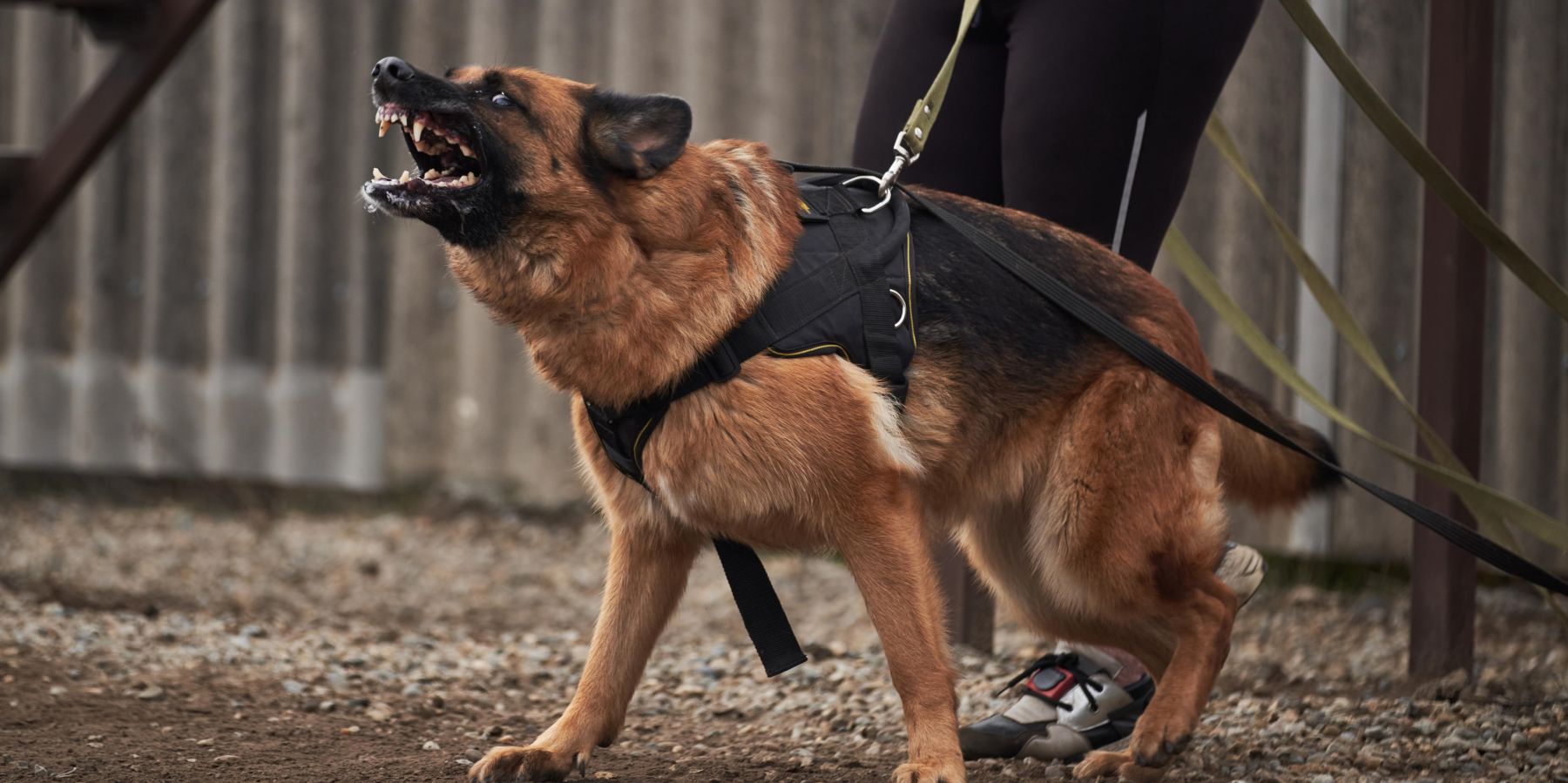When it comes to dealing with an aggressive dog, understanding the underlying causes is essential. Aggression in dogs can be alarming and dangerous, but with the right approach, it’s often manageable. This post delves into the root causes of aggression and provides insights on handling an aggressive dog.
Understanding Aggression in Dogs
Aggression is a complex behavior with various triggers. Recognizing these triggers is a crucial step in managing an aggressive dog.
- Fear-Based Aggression: Dogs often exhibit aggression when scared. This can be due to past abuse, a lack of socialization, or a traumatic experience.
- Territorial Aggression: Dogs may become aggressive to protect their territory. This includes their home, yard, or even their human family.
- Possessive Aggression: Some dogs show aggression over their food, toys, or other possessions.
- Pain-Induced Aggression: A dog in pain, due to injury or illness, may become irritable and aggressive.
- Social Aggression: This occurs due to a dog’s social interactions with other dogs or people and can stem from a lack of proper socialization.
Signs of Aggression
Recognizing the signs of aggression can help in timely intervention:
- Growling and Snarling: These are clear warnings.
- Baring Teeth: A dog showing its teeth is preparing to bite.
- Stiff Body Posture: Indicates the dog is on high alert.
- Direct Eye Contact: This can be a challenge in the dog world.
Handling an Aggressive Dog
Dealing with an aggressive dog requires patience, understanding, and sometimes professional help.
- Consult a Veterinarian: Rule out any medical reasons for the aggression.
- Professional Training: A professional dog trainer or behaviorist can offer specific strategies.
- Avoid Punishment: Punishing an aggressive dog can worsen the behavior.
- Socialization and Training: Proper socialization from a young age can prevent aggression.
- Create a Safe Space: Give your dog a comfortable, secure area to retreat to.
Prevention of Aggression
Preventing aggression is easier than treating it:
- Early Socialization: Expose your puppy to various people, animals, and environments.
- Training: Consistent, positive reinforcement-based training builds trust and respect.
- Regular Exercise: Adequate physical and mental stimulation can reduce aggressive tendencies.
- Spaying/Neutering: This can decrease hormone-driven aggression in some dogs.
Conclusion
Understanding and managing an aggressive dog is challenging but not impossible. Recognizing the signs and root causes of aggression is the first step. With patience, professional help, and proper training and socialization, most aggressive behaviors in dogs can be managed or corrected. It’s important to remember that aggression doesn’t make a dog bad; it’s a call for help that we, as responsible pet owners, should answer with compassion and commitment.
